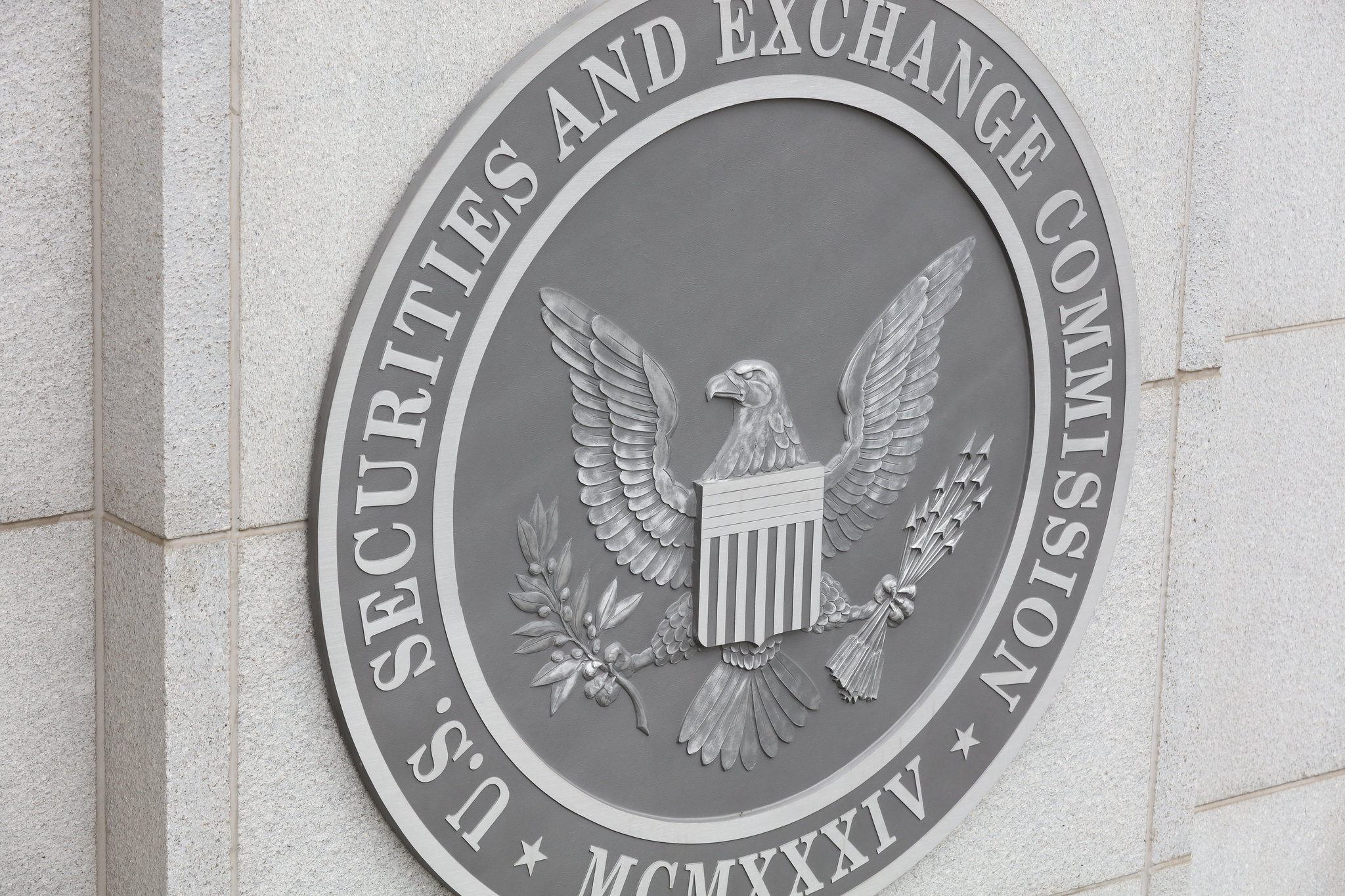On Monday, the Securities and Exchange Commission (SEC) is expected to release a long-awaited draft rule to require businesses to disclose how much greenhouse gas pollution they emit and the extent of their exposure to climate-related financial risks. The rule is expected to be an important step forward for transparency that will arm investors with the data they need to make informed decisions in a financial system that is being increasingly impacted by the climate crisis.
When the 2008 financial crisis brought our economy to the brink, most investors had no idea that their savings were tied up in toxic subprime mortgage assets. Because they didn’t understand the real risks associated with their investments, many people lost everything, and some still have yet to fully recover from the crash. Today, climate change threatens the stability of our entire financial system, but many Americans have no idea that their retirement funds or college savings plans could be wiped out in a climate-fueled economic crash. We can’t allow history to repeat itself.
Mandatory disclosure of climate-related risk will give investors the tools they need to make smart decisions about their own exposure to climate risk, and level the playing field for businesses by setting a standard for consistent and comparable reporting. The SEC’s new rule will be a vital step to get there, and it couldn’t come at a more important time. But to be most effective, the rule will need to cover all emissions associated with a company’s value chain. This memo will dig into why it is the SEC’s job to fix this liability for investors, and detail key components that will determine the proposed rule’s strength when it is released on Monday.
